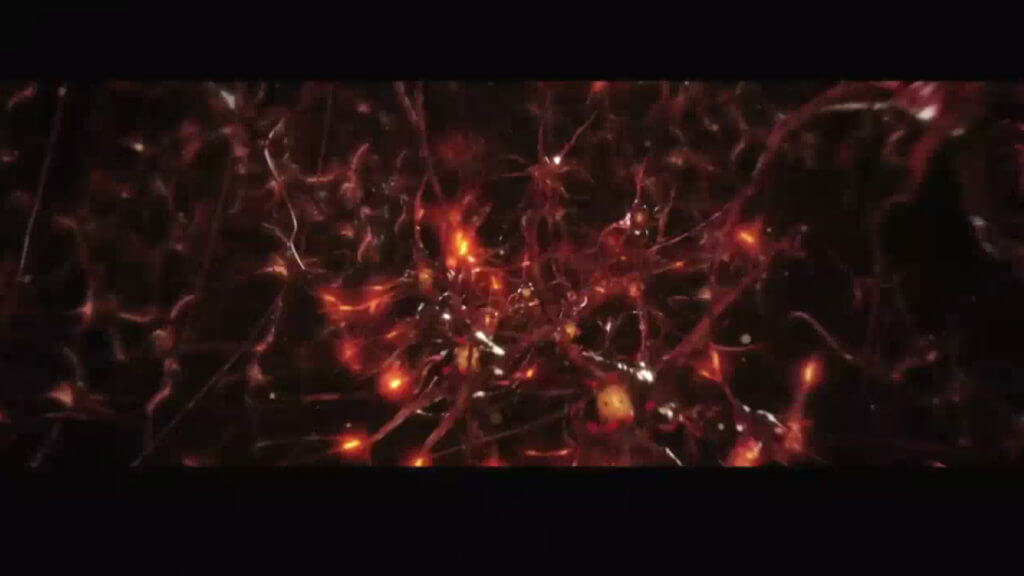Virtual Reality
The Elegant Mind: Healing Narratives and Virtual Worlds
The process of creation lives at the center of the psyche and soul of every human. Its expression gives life meaning and helps us to better understand our place in the universe. We are a part of the creation and each one of us is an individual expression of the creative principle. Each moment of our lives presents a new opportunity to examine, explore, and express this principle. To many of us, this is life’s greatest gift; to many more, it is life’s greatest challenge.
We are constantly creating with every choice we make. Every thought, every word, and every deed that we project into our lives and into the lives of others has some creative effect on our reality, whether positive or negative. We create with both our conscious and subconscious minds twenty-four hours a day, seven days a week for our entire lifetime. It is impossible for human beings to disengage from the creative process and it is this process that determines the quality of our lives.
Near the core of Buddhist philosophy are these two simple yet powerful principles: “What you think you become,” and the equally potent, “Thoughts become things.” It would seem reasonable to surmise that a thorough understanding and application of these two principles would greatly increase the quality of any individual’s life. As author Viktor Frankl discovered as a young man and later expressed in his book, Man’s Search for Meaning, it is meaning itself that must first be developed to create a rewarding life. He understood that even as those around him suffered horrific losses in German concentration camps, it was still the responsibility of the individual to somehow discover their inner resources and create a new personal paradigm for living.
Frankl writes, “This uniqueness and singleness which distinguishes each individual and gives a meaning to his existence has a bearing on creative work as much as it does on human love. So how do we best develop meaning in our lives and express our unlimited creative potential? The primary vehicle that we have used in this process since we emerged from the caves is story. Throughout human history, stories have helped us make sense of our lives, but their real potential exists not simply in their power to inform or to entertain but in their power to create and to heal.”
Civilizations have been created and destroyed through the narrative process. The future course of nations has been put into motion and sustained by its storytellers, and it has long been accepted in the seats of power that he (or she) who controls the narrative, controls the world.
On a more human level, we have discovered, through scientific research, the psychological and physiological effects of narrative on human beings. Circulation, respiration, the production of certain neurotransmitters in the brain, and a range of other physiological functions can all be regulated to some extent through narrative exchanges. The emotional benefits of being able to reconcile our feelings through stories are innumerable and can have a real and measurable impact on physical health and well-being.
Group therapy, which can promote communal narratives; individual therapeutic sessions; hypnosis; and media can all be implemented as effective means for delivering healing stories. With the advent of social media, virtual reality, and 3d virtual worlds, we are afforded new and unique opportunities to develop powerful systems that could significantly improve the quality, efficient delivery, and effectiveness of narrative based therapies.
For well over 20 years, the concepts and technologies of fully immersive virtual reality experiences have been examined and tested in the fields of psychology and medicine. Many of the early VR technologies that exhibited the most promise were hindered by the complexity and costs of the systems. Limited access to these technologies, due mostly to the cost, slowed research to a snail’s pace. The dream of applying these technologies to the broad spectrum of therapeutic applications that they seemed the most suited for grew dim with time. Nothing on the virtual horizon seemed to really fulfill the potential that researcher Jaron Lanier first presented when he coined the term virtual reality.
Fast forward to 2010, where we discover one Mr. Palmer Lucky, a young innovator barely out of his teens who would seemingly single-handedly reinvigorate the entire VR industry. Lucky’s invention, which he christened The Oculus Rift, solved many of the problems that for years had plagued full immersion virtual reality. Lucky’s device not only allowed for a more immersive experience, but it delivered it at an unbelievably low cost. In the time since Lucky’s innovation, a whole host of virtual reality devices have emerged, broadening the promise of virtual reality in a number of fields. All of these Virtual delivery systems provide us with completely unique opportunities for exploration and discovery. It is clear that as these devices are adapted for platforms such as Second Life and other 3D worlds, the potential for creating virtual healing spaces becomes more apparent.
Second Life hosts a number of therapeutic spaces geared toward mindfulness training and meditation. The US Army currently uses Second Life as part of its Mindfulness Based Stress Reduction Studies. A recent study consisted of 66 participants; about 36 percent of the participants were active duty soldiers and 64 percent were veterans. The virtual spin in this particular study was that half of those who participated for the eight-week, two-hour weekly sessions met in a traditional face-to-face setting while the others participated using a Second Life virtual world.
The virtual environment represents some unique advantages for the participants. One of the advantages is the anonymity and security that is provided by the use of avatars in the virtual space. According to Dr. Valerie Rice, chief US Army Research Laboratory’s Human Research and Engineering Directorate, “The virtual world reduces the anxiety that comes from going into a behavioral health center by offering anonymity. If virtual training proves effective, we can support soldiers and veterans anywhere there is an Internet connection and a computer.”
As this type of training continues to expand the potential of our healing narratives, we may learn how to better tell our stories and how to more effectively heal ourselves within this new frontier.
Comments are closed




